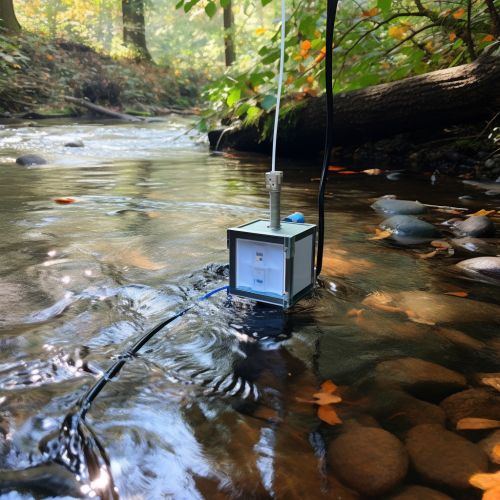The Role of Big Data in Water Resource Management
Introduction
Big Data has emerged as a significant tool in various sectors, including water resource management. It refers to the vast volume of data, both structured and unstructured, that inundates businesses daily. Big data can be analyzed for insights that lead to better decisions and strategic business moves. In the context of water resource management, it plays a crucial role in ensuring the efficient use and conservation of water resources.
Role of Big Data in Water Resource Management
Big data's role in water resource management is multifaceted and encompasses various aspects, including water quality management, water supply and demand forecasting, flood prediction and management, and irrigation management.
Water Quality Management
Water Quality Management is a critical aspect of water resource management. Big data can be used to monitor and analyze water quality parameters such as pH, temperature, turbidity, and dissolved oxygen levels. This data can be used to identify trends and anomalies, enabling timely interventions to prevent water quality degradation.


Water Supply and Demand Forecasting
Big data can also be used in Water Supply and Demand Forecasting. By analyzing data from various sources such as weather forecasts, population growth trends, and historical water usage data, accurate predictions about future water supply and demand can be made. This helps in planning and managing water resources more efficiently.
Flood Prediction and Management
In the area of Flood Prediction and Management, big data can be instrumental. By analyzing data from weather forecasts, river flow rates, and topographical data, potential flood events can be predicted. This allows for timely evacuation and preparation, minimizing the impact of floods.
Irrigation Management
Irrigation Management is another area where big data can make a significant impact. By analyzing data such as soil moisture levels, weather forecasts, and crop water requirements, irrigation can be optimized to ensure efficient water use.
Challenges in Using Big Data for Water Resource Management
While big data offers numerous benefits for water resource management, there are also several challenges. These include data quality and reliability, data security and privacy, and the need for skilled personnel to analyze and interpret the data.
Data Quality and Reliability
Data Quality and Reliability is a significant challenge in using big data for water resource management. The data used for analysis must be accurate and reliable for the results to be valid. However, ensuring the quality and reliability of data can be difficult due to factors such as sensor errors, data transmission errors, and data entry errors.
Data Security and Privacy
Data Security and Privacy is another challenge in using big data for water resource management. The data used for analysis often includes sensitive information that must be protected. Ensuring the security and privacy of this data is crucial, but it can be challenging due to the vast volume of data and the complexity of security measures required.
Need for Skilled Personnel
The need for skilled personnel to analyze and interpret the data is another challenge in using big data for water resource management. Big data analysis requires specialized skills and knowledge, which may not be readily available in many organizations.
Conclusion
Despite the challenges, big data holds immense potential for improving water resource management. By leveraging big data, water resource managers can make more informed decisions, optimize water use, and ensure the sustainability of water resources.
